Today’s letter is brought to you by Espresso Displays!
I normally work on my desktop computer and am hyper productive. The second that I leave my desk, I lose my productivity on a laptop.
So I started to use a second screen and it seems to have fixed the issue.
It took awhile to evaluate many different screens — Espresso Displays was by far the best one.
I use it every day. I can’t imagine working from my laptop without it now. They are lightweight, thin, and look like Steve Jobs designed them himself.
Any reader of The Pomp Letter who orders one today will get $100 off before midnight. Highly recommend!
To investors,
The market thinks that meme coins are a new idea, but as always, we can learn quite a bit from studying history.
1RT’s Dan Tapiero recently recommended a history book to me that helped me do the necessary homework — A Nation of Counterfeiters: Capitalists, Con Men, and the Making of the United States.
In the book, author Stephen Mihm explains the problem with counterfeited currencies during the late 1700s and early 1800s. The federal government had not yet consolidated power, so states still had significant say over things like monetary policy.
These states gave out charters to banks within their geographies that would allow the banks to create their own currencies. Banks loved this idea. They each began to create their own currency. The promise was that paper currencies would have the equivalent gold or precious metals available for redemption at the bank.
Unfortunately, no one could actually verify if the banks had the necessary metals.
This was the first form of counterfeiting that took place — some of the paper was not actually backed by gold reserves. But humans are not stupid and they can spot an opportunity when they see one.
A number of enterprising individuals (aka nefarious actors) realized that anyone could create a currency and put their own paper notes into circulation.
Because there were so many banks approved to create currencies, the market would not know which currencies were real and which were not, so individuals began to use all available paper currencies for trade. Although the individuals who were creating currencies had figured out how to legitimize counterfeited currency, these non-approved “bank notes” were still fake.
Throughout the book, Mihm refers to “alchemy” when discussing the magic tricks of these infamous individuals.
Eventually the US government had enough of the madness though. It wasn’t possible to operate a country that had hundreds of different currencies. The laws were enforced, the counterfeit currencies were reigned in, banks were held accountable for holding the appropriate amount of metals, and the US dollar eventually emerged victorious.
But the parallels from that time period to today are many.
First, in the same way that anyone could spin up their own currency a few hundred years ago, anyone can spin up their own crypto asset / meme coin today. Neither the fake currency or the meme coin have any value tethered to “reality,” but both assets carry the legitimacy bestowed upon them by the groups of people that opt-in to holding, trading, or using them.
Second, central banks are still playing the same games, although their goal is to make the situation appear differently in the modern world. Let’s use Zimbabwe as an example.
Bloomberg’s Ray Ndlovu writes:
“In yet another attempt to devise a credible national currency, Zimbabwe has replaced its dollar with the ZiG, short for Zimbabwe Gold. The new unit is backed by bullion and foreign currency reserves held at the central bank. All told, the ZiG is the country’s sixth attempt at establishing its own currency since 2008, when inflation crossed 500 billion percent, according to International Monetary Fund estimates. Not only did that render it worthless, it turned the unit into a global punchline: US Treasury secretaries would sometimes carry the notes around in their wallets as a reminder of the evils of hyper-inflation.”
This is insane. Zimbabwe is on their 6th national currency in the last 15 years or so. There is very little reliability that (a) the government has the assets backing the currency that they claim and (b) the government won’t make changes to the assets backing the currency in the future.
You can see the parallels to the old counterfeiting world of currencies.
It doesn’t matter who is supposed to have the “right” to create currencies if both the government and the people continue to create bad currencies. A bad currency may even be worse than a fake currency that everyone believes in.
And if your government failed the first 5 times at creating a currency that can be trusted by the people, it is nearly impossible to get citizens to trust you on the sixth attempt.
But maybe I am wrong. Maybe the current crop of meme coins will all be around in 10 years. Maybe the Zimbabwe Gold currency will become the next global reserve currency. And maybe the lessons from history are not worth paying attention to.
I just wouldn’t hold my breath while waiting for any of that to occur.
Hope you all have a great day. I’ll talk to everyone tomorrow.
-Anthony Pompliano
Robert Mitchnick is the Head of Digital Assets at BlackRock. This conversation was recorded at Bitcoin Investor Day in New York.
In this conversation, we talk about process of BlackRock launching bitcoin ETF, client demand, regulation, future outlook for bitcoin, crypto industry, and more.
Listen on iTunes: Click here
Listen on Spotify: Click here
BlackRock Head of Digital Assets Explains What They Are Doing
Podcast Sponsors
Supra - Join Supra’s early integration program for zero-cost access to the fastest oracles and dVRF across 50+ blockchains.
Propy - Now, anyone can start their on-chain journey by minting home addresses via PropyKeys and staking them for profit until they are ready to sell their home.
BetOnline - Use crypto to bet on sports, casino games, horse racing, poker and more with promo code POMP100.
Espresso Displays - The world's thinnest touchscreen portable monitor. Expand your workspace and work from anywhere.
Base - Base is shaping the future of the on-chain world with near-zero gas fees and rapid transaction speeds.
ResiClub - Your data-driven gateway to the US housing market.
Bay Area Times - A visual newsletter explaining the latest tech & business news.
You are receiving The Pomp Letter because you either signed up or you attended one of the events that I spoke at. Feel free to unsubscribe if you aren’t finding this valuable. Nothing in this email is intended to serve as financial advice. Do your own research.



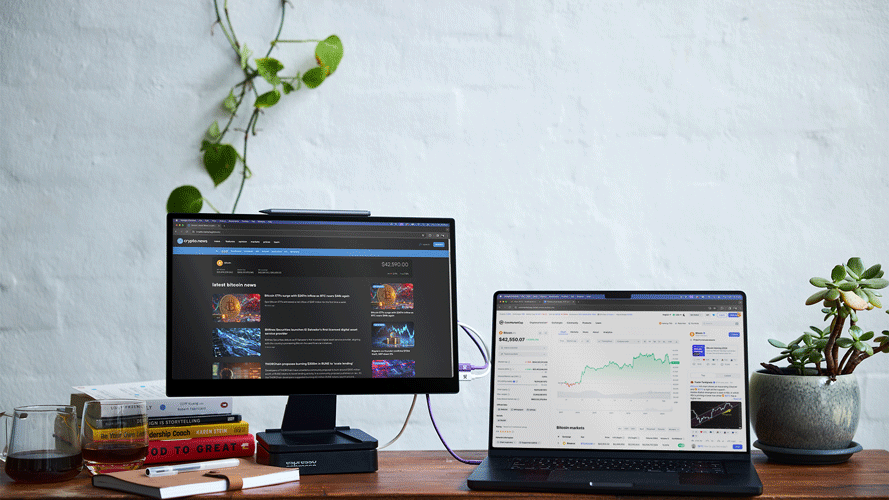
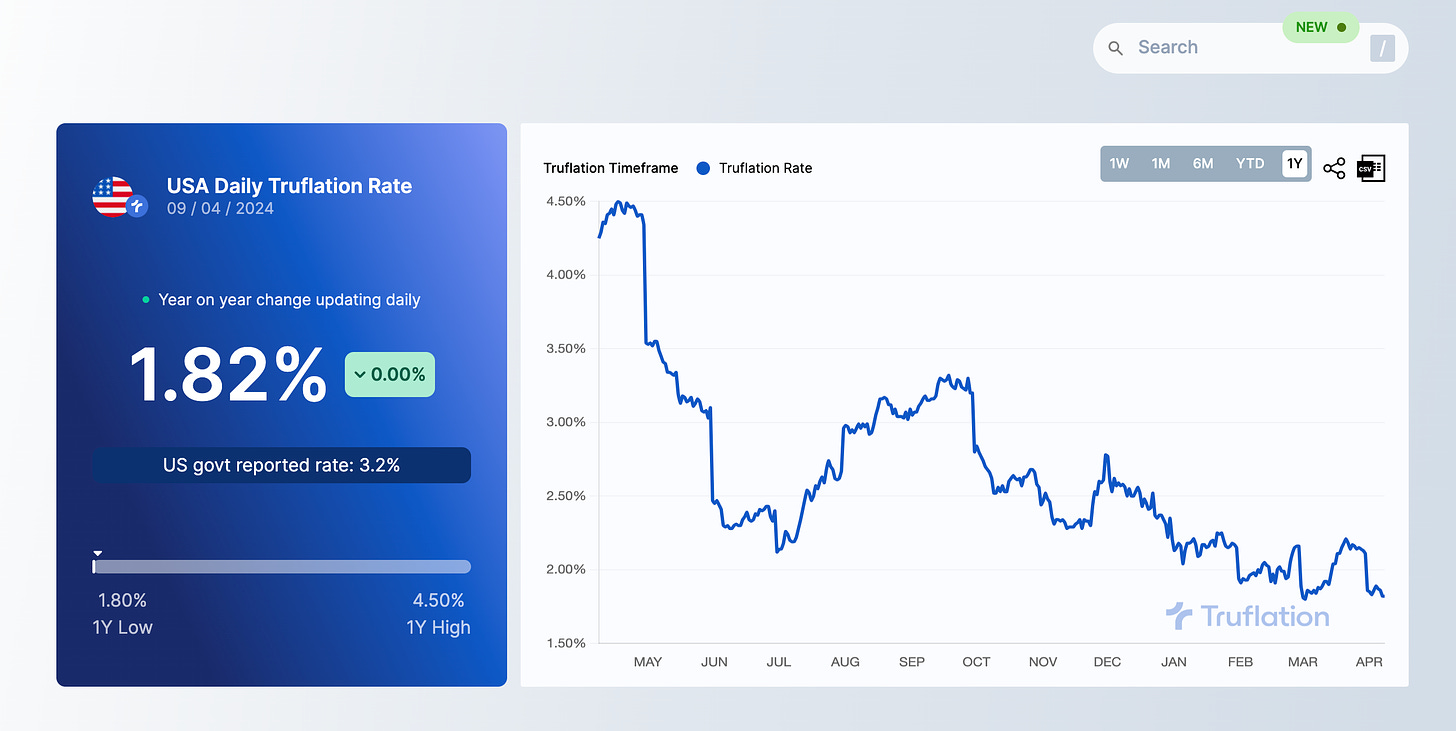



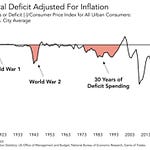
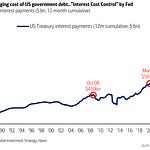

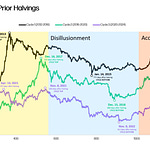



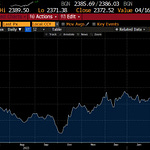
Fake Currencies, Meme Coins, And History Lessons